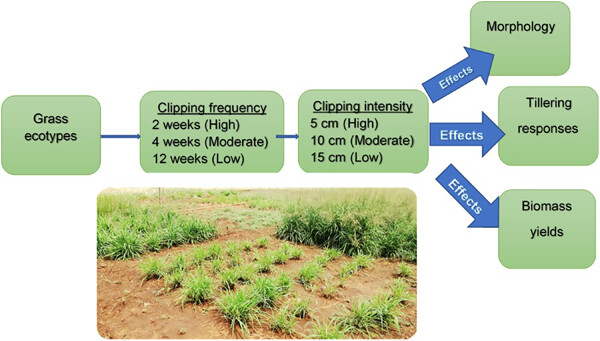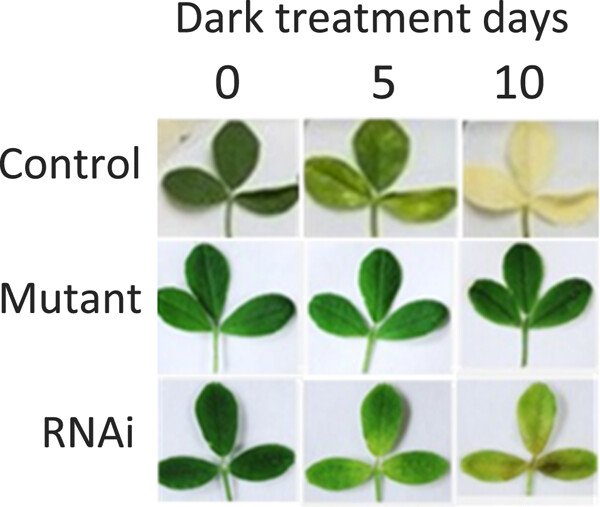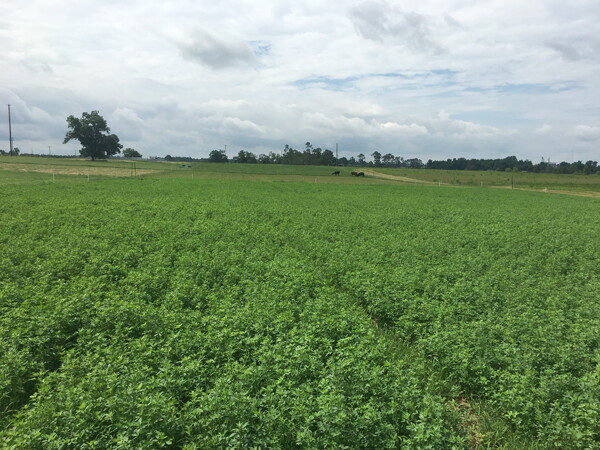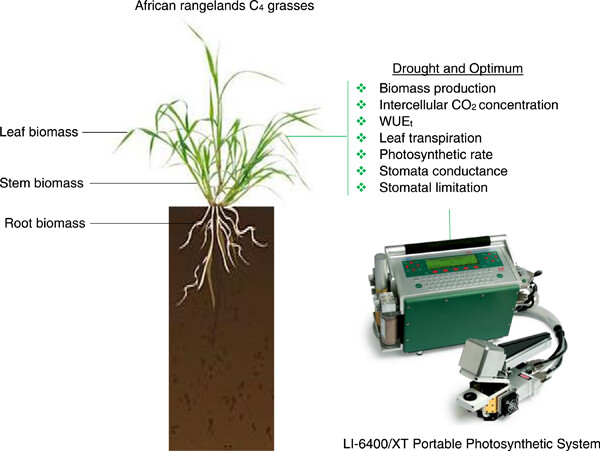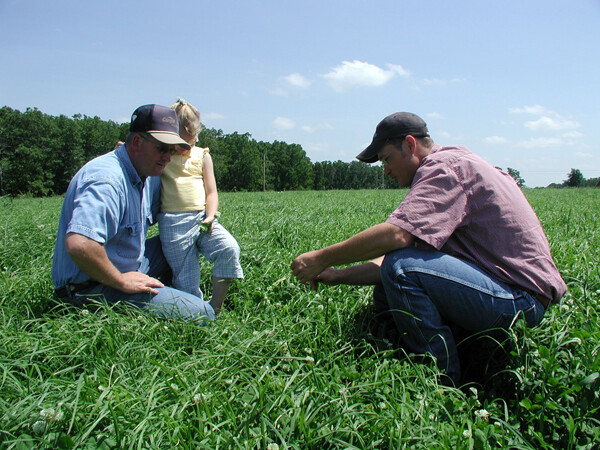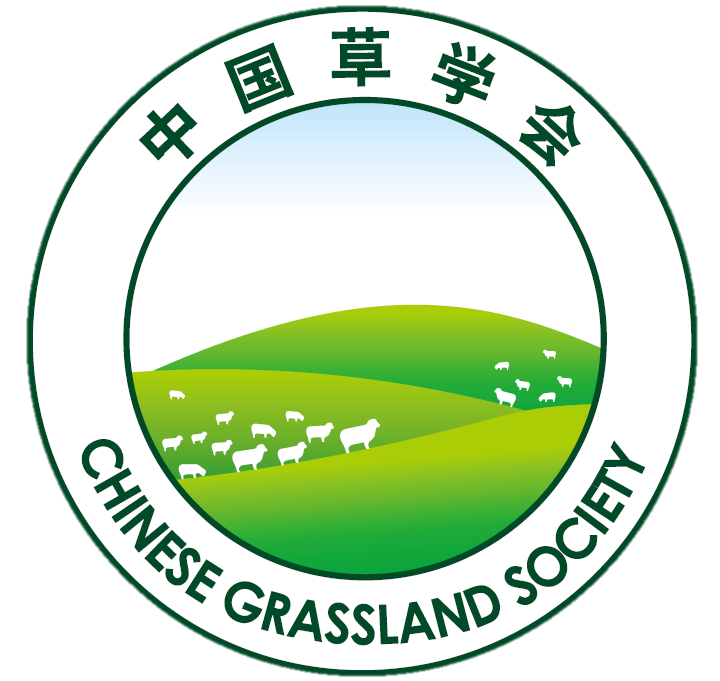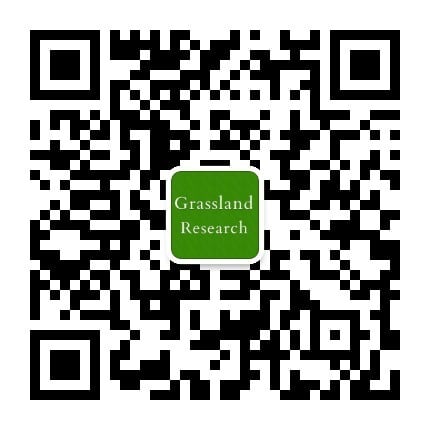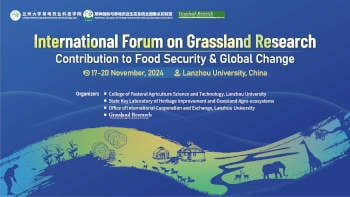Journal list menu
Export Citations
Download PDFs
Table of Contents
Seasonal variations in nutritive and botanical composition properties of multispecies grazing swards over an entire dairy grazing season
- First Published: 20 January 2023
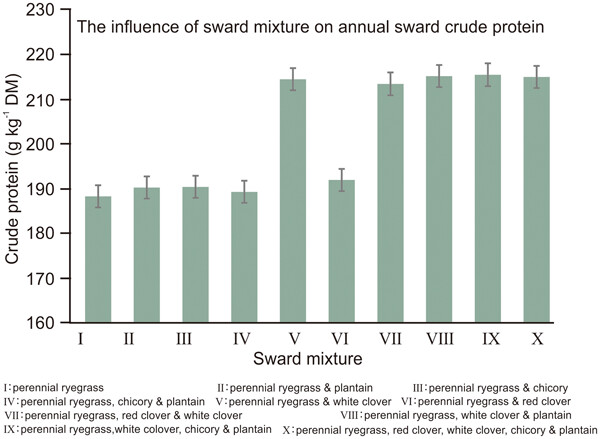
There was an effect of sward species mixture on sward crude protein (g kg−1 DM) across all nitrogen application rates. Results indicate that white clover has a significant influence on sward protein content; this is further influenced by the growth habit of white clover over the course of a growing season.
Morphological and productivity responses of Buffel grass (Cenchrus ciliaris) and Guinea grass (Panicum maximum) ecotypes to simulated grazing in a semi-arid environment
- First Published: 02 January 2023
Improving bermudagrass in the Southeastern United States with alfalfa as an alternative nitrogen source in grazing systems
- First Published: 18 January 2023
Agronomic assessment of two populations of intermediate wheatgrass—Kernza® (Thinopyrum intermedium) in temperate South America
- First Published: 08 January 2023
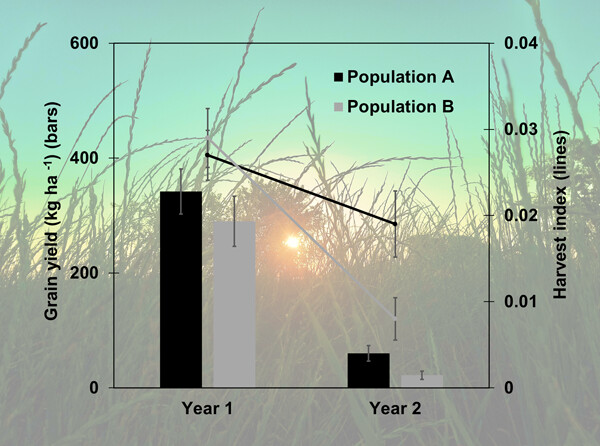
Kernza® is a dual-purpose (grain and forage) perennial crop developed in high latitudes. In a field experiment carried out in a low-latitude region, high forage yields and high nutritive value were obtained, but grain yields were low, possibly because the vernalization requirements of the species were not completely fulfilled.
Leaf gas exchange characteristics, biomass partitioning, and water use efficiencies of two C4 African grasses under simulated drought
- First Published: 02 March 2023
Forage breeding and cultivar development: A 50-year perspective
- First Published: 13 June 2023
Elevated and atmospheric-level methane consumption by soil methanotrophs of three grasslands in China
- First Published: 15 May 2023
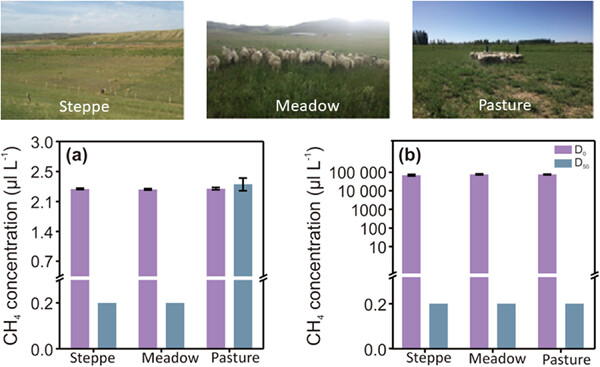
Grassland soils are methane (CH4) sinks, but their capacities vary between grassland types. In this study, atmospheric CH4 consumption occurred in steppe and meadows but not in pasture. All three soils consumed elevated CH4. Methanotroph community differences between the three soils explain the variation in CH4 consumption.
Revitalizing the grassland on the Qinghai–Tibetan Plateau
- First Published: 20 August 2023
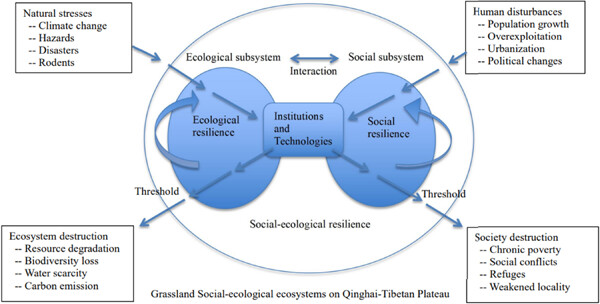
The Qinghai-Tibetan Plateau grassland is a coupled socio-ecological system, which can be impacted by either internal factors or external drivers, leading to the degradation or collapse of the socio-ecological system. The resilience and sustainability of the QTP grassland need to be promoted through adaptative management.
Breeding for drought tolerance in perennial ryegrass (Lolium perenne L.) and tall fescue (Lolium arundinaceum [Schreb.] Darbysh.) by exploring genotype by environment by management interactions
- First Published: 01 May 2023
![Breeding for drought tolerance in perennial ryegrass (Lolium perenne L.) and tall fescue (Lolium arundinaceum [Schreb.] Darbysh.) by exploring genotype by environment by management interactions](/cms/asset/6c5ca81f-f696-4ed2-8830-83102b2c2300/glr212045-gra-0001-m.jpg)
Plant breeders continue to develop new and improved turfgrass varieties with better agronomic characteristics. Drought tolerance has become increasingly important due to water shortages and cost increases. We quantified the level of drought tolerance in perennial ryegrass and tall fescue across years under different mowing and fertility rates.




